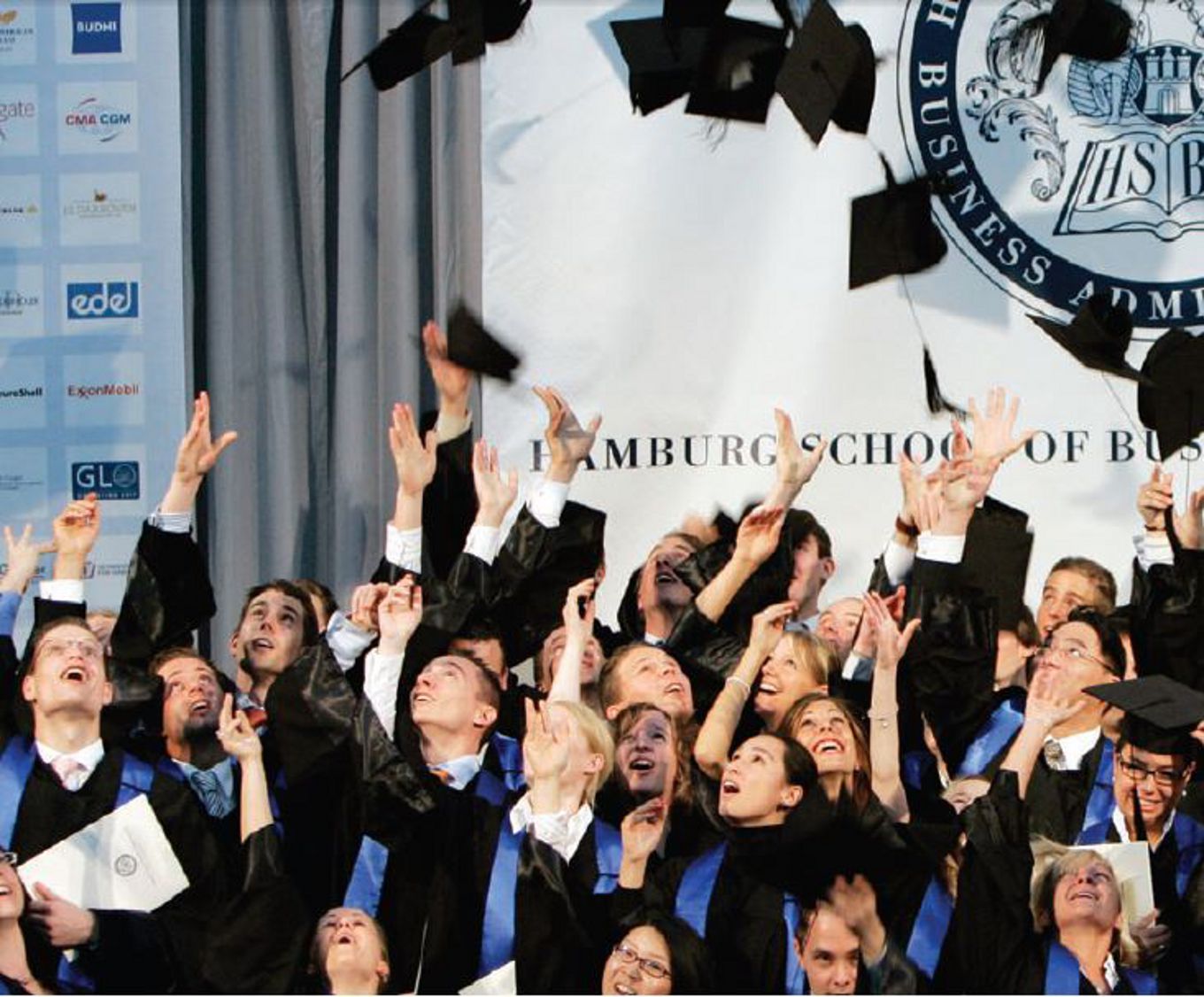The private university sector in Germany

“Studying in Germany is for free!” This is one of the many prejudices about German education. Besides the fact that studying never comes for free, but does not happen to come with a price-tag at state-owned universities, there are a huge number of private universities in Germany where tuition fees are a substantial part of the revenue stream.
Today we have 148 private universities, 40 of which are operated by ecclesiastic owners. The church was the first institution to establish private universities in this country. But until 1969, the number of institutions was only 23. A further 35 universities were set up before 1990. Ever since then there has been tremendous growth in private university education. Today, more than one third of all German universities are private, hosting approximately 110,000 students. That is 8 per cent of the country’s student population. And these numbers continue to
grow. Moreover they do not even represent the students of foreign institutions, which have set up franchise agreements with German partners or own branches. Thus, a market with more than 720million Euro revenue has developed, saving the state approximately 550 million Euro.
This is the amount that regional governments have to spend in order to provide places for more than 100,000 students. In so far the private university sector is an important part of the German tertiary education system. But what is the difference? First of all we have to admit that German private universities can be successful only in market niches – places that are not yet filled by their state-owned competitors with one of their free-of-charge programs. Therefore it is not surprising that only very few private institutions follow the role model of traditional, selective research universities. Universities like WHU in Vallendar or Bucerius Law School do so, but differently from the large, prestigious public universities and like most of their private competitors, they concentrate on only one discipline.
Most of the private universities differentiate from the public sector to a much higher extent and are innovative in many different ways. Distance Learning programs are one of these formats, enabling people who cannot afford to study full-time on campus to earn an academic degree. Together with dual studies,which combine academic teaching with practical experience and other types of extra-occupational part-time programmes, private universities are contributing massively to the expansion of student numbers in Germany. They often address students who did not follow the traditional path to university and offer opportunities to target groups which cannot be reached by the traditional German universities. FOM in Essen with approximately 22,000 students or HFH Hamburg with more than 10,000 students are the biggest players in this field. Both institutions are educating one third of all students at private universities while the majority of these places are small and highly focused.
Many of them are following a labour market-orientated strategy. They specialize in a specific industry and often
cover fields that have not been offered at university level before, especially in the field of business, health care or social services. Sometimes this fact is named as “cherrypicking“, because it results in cheap, profitable programmes. But if we look closely at fields like engineering or informatics, it is clear that there is an excess supply of places at state-owned universities, so that there is no niche for the private competitors. Nevertheless there are programmes in natural science and engineering, but they are usually very specialized or tailor-made for the needs of the labour market. Other programmes like medicine or dentistry are very expensive and consequently are only seldom offered by private universities like at the UniversityWitten/Herdecke. The second growth driver for private universities besides innovation is quality.
It is difficult to measure the quality of universities because commonly accepted criteria are not available. But the low drop-out-rate of 7.8 per cent in comparison to 21 per cent in state-owned universities and small sized classes including a low student-lecturer ratios are strong indicators for the quality delivered at private universities.
By Prof. Dr. Peter Thuy, Member of the Board VPH (Association of Private Universities), published in Discover Germany issue 10 – December 2013 | Photos: Press Images
Subscribe to Our Newsletter
Receive our monthly newsletter by email




